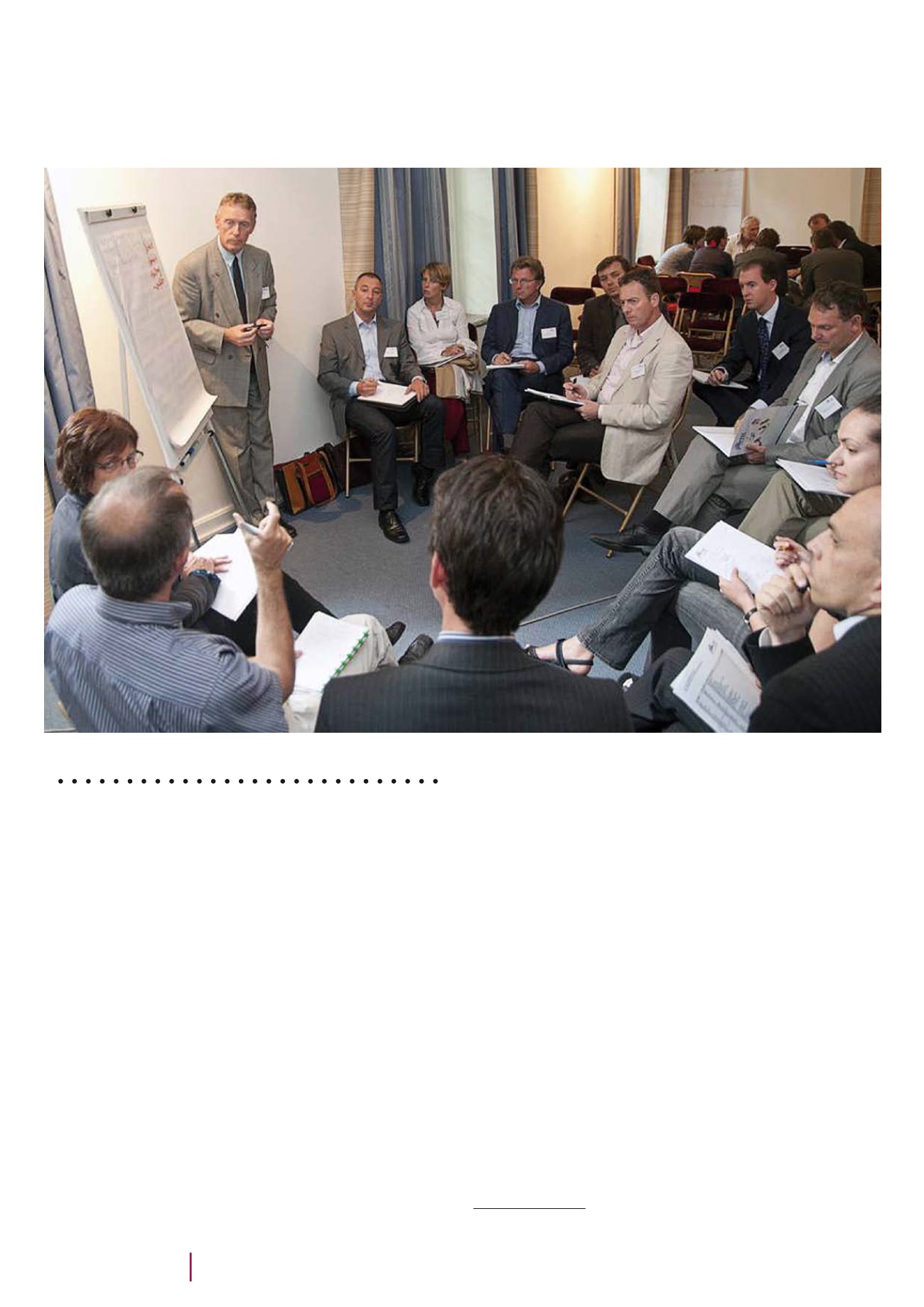

126
Cross-border
economic
development
Project factsheets
TTC “Top Technology Cluster” and GCS “Crossborder Cluster Stimulation”
What is the context of
the project?
The Euregio Meuse-Rhine programme is one of
the longest-running forms of cross-border cooperation
in Europe.
Set up in 1976, it brings together the Province of Limburg, the Province
of Liège and the German-Speaking Community in Belgium, the southern
part of the Province of Limburg in the Netherlands and the Regio Aachen
in Germany, an association composed of the local governments in the
Aachen conurbation.
Benefiting from significant multi-thematic institutional cooperation,
this region of medium-sized, densely populated towns in the middle
of Western Europe is also rich in informal cooperation initiatives which
are more sector-specific.
TTR-ELAt (Top Technology Region/Eindhoven-Leuven-Aachen Triangle),
which covers a different geographical area from the Euregio programme,
was created in 2009 out of the merger of the TTR and ELAt projects,
both with an economic dimension, in a region regarded by the OECD
an “innovation leader” (the headquarters of Philips is in Eindhoven) and
which benefits from a dense network of SMEs, innovative start-ups and
university R&D centres.
The first initiative corresponded to the strategic realisation by the Dutch
government of the predominant role and potential of the Province of
Limburg in the area of innovation and new technologies in the national
economy.
The second dates back to a project in 2004 by the municipalities
of Eindhoven, Leuven and Aachen aimed at reinforcing economic
cooperation and cross-border innovation projects between the three
cities, an initiative which increasingly benefited from the support of
local and regional actors, in particular universities. TTR-ELAt therefore
made it possible to concretely develop regional complementarities in
the main areas of common expertise: chemistry, innovative materials,
high-tech systems and the life sciences.
146
146
Source: OECD study of regional innovation
www.ttc-innovation.eu



















